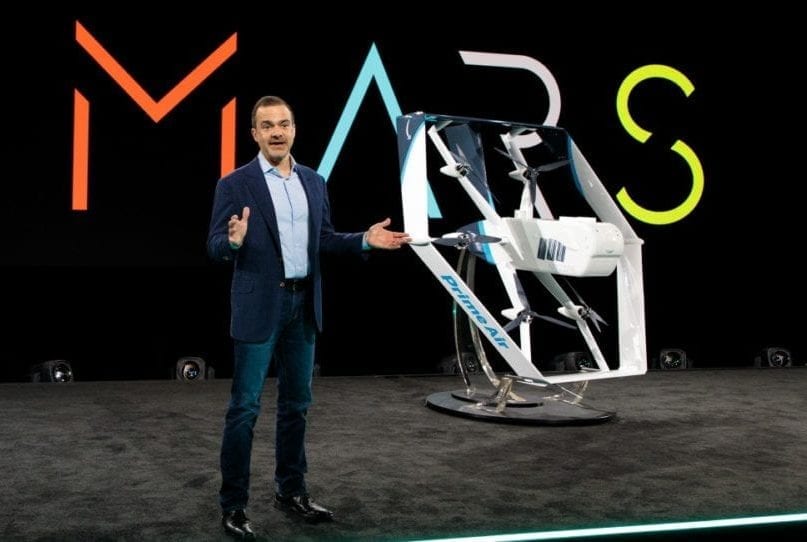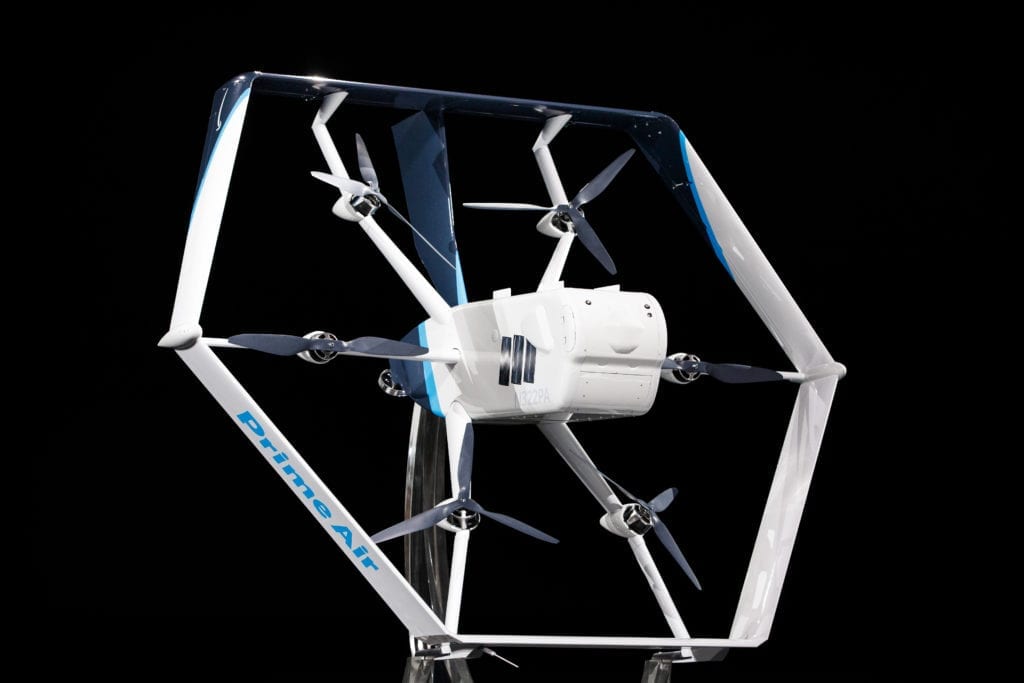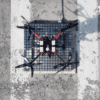
News
Amazon’s New Delivery Drone Coming Soon
Amazon Prime Air’s new delivery drone could sneak up on you. Future Amazon orders could be delivered by a self-driving drone within a matter of months now. Going by the unveiling of the latest Prime Air drone design Wednesday at Amazon’s re:MARS Conference (Machine Learning, Automation, Robotics and Space) by its officials in Las Vegas.
“We’ve been hard at work building fully electric drones that can fly up to 15 miles and deliver packages under five pounds to customers in less than 30 minutes,” Jeff Wilke, CEO of Amazon Worldwide Consumer, wrote in a blog post Wednesday. “And, with the help of our world-class fulfillment and delivery network, we expect to scale Prime Air both quickly and efficiently, delivering packages via drone to customers within months.”

(JORDAN STEAD / Amazon)
The YouTube footage of the machine shows the Amazon unmanned aircraft doing vertical takeoffs and landings, like a chopper, before shifting into airplane mode. It’s an ingenious hexagonal hybrid design, has very few moving parts and uses the shroud that protects its blades as its wings when it transitions from vertical, helicopter-like flight at takeoff to its airplane-like mode. The drone uses sensors, stereo optics and other software to avoid crashing into chimneys, power lines or other urban obstacles. It can also detect moving objects in the air, Wilke said on the company’s blog, adding, “A customer’s yard may have clotheslines, telephone wires or electrical wires. Wire detection is one of the hardest challenges for low-altitude flights,” he further wrote. “Through the use of computer-vision techniques we’ve invented, our drones can recognize and avoid wires as they descend into, and ascend out of, a customer’s yard.”
The new drone was revealed amid Amazon’s massive investment to transition its Prime two-day shipping program to just one day. Delivery drones aren’t widely available for US customers because of the need for regulatory approvals. But Amazon is hoping to use these devices to get customers items that weigh five pounds or less in about 30 minutes, helping it deliver products to shoppers much faster. Wilke said that almost 75% to 90% of Amazon deliveries could be handled by this drone. Wilke told Bloomberg, that the entire drone is built either from FAA-approved parts or designed with approval in mind.
While Amazon is already piloting delivery drones in the UK and has approval to test drone deliveries in the US its timeline for Prime air drone sounds ambitious. Reports from Yahoo! Finance say that the Federal Aviation Administration on Wednesday certified Prime Air to operate drones for deliveries. FAA also gave Google’s drone service the green light to start making commercial deliveries in April this year.
The FAA has given Amazon a one year approval, eligible for renewal, for research and testing, though not for commercial deliveries. “Today, the FAA issued a Special Airworthiness Certificate to Amazon Prime Air allowing the company to operate its MK27 unmanned aircraft for research and development and crew training in authorized flight areas,” the FAA said.
Amazon Prime’s obstacle detection and safety measures include:
- Using a combination of thermal cameras, depth cameras, and sonar to detect hazards, machine learning models and onboard computers to automatically identify obstacles and navigate around them.
- The drone’s rotors give it six degrees of freedom (compared to four for a normal quadcopter), allowing for more dynamic and nimble flight. A tilting design allows for the drone to use the same six propellers to fly forward as it does for takeoff and landing. Packages for delivery are then carried in the fuselage in the middle.
- The autopilot, which evaluates all of the sensor data was developed in-house Amazon. The angled box at the center of the drone, which houses most of the drone’s smarts and the package it delivers, doesn’t pivot. It sits rigidly within the aircraft.
- Whenever the drone detects an object or a person in the landing zone, it obviously aborts — or at least delays — the delivery attempt. Prime drone uses a technique known as Visual Simultaneous Localization and Mapping (VSLAM), which helps the drone build a map of its current environment, even when it doesn’t have any other previous information about a location or any GPS information.
- When it needs to find a place to land, its AI smarts kick in and the drone will try to find a safe place to land, away from people and objects —even without any prior knowledge of its surroundings.
Gur Kimchi, Amazon’s VP for its Prime Air program, told the press, “The most important thing the aircraft can do is make the correct safe decision when it’s exposed to an event that isn’t in the planning — that it has never been programmed for.”
Amazon also debuted new warehouse robots and ways for Alexa- a sneak-peek at Alexa Conversations, a deep learning-based way for developers to create voice skills with fewer lines of code and less training data Amazon showed how Alexa will be able to predict what users want and automatically move across different skills created by different developers.
Amazon’s Brad Porter showed off the “Pegasus Drive Sortation” device, which can take packages from where human workers place them and autonomously sort them, zipping off to a specific area where they’ll be sent off to a given destination.






















